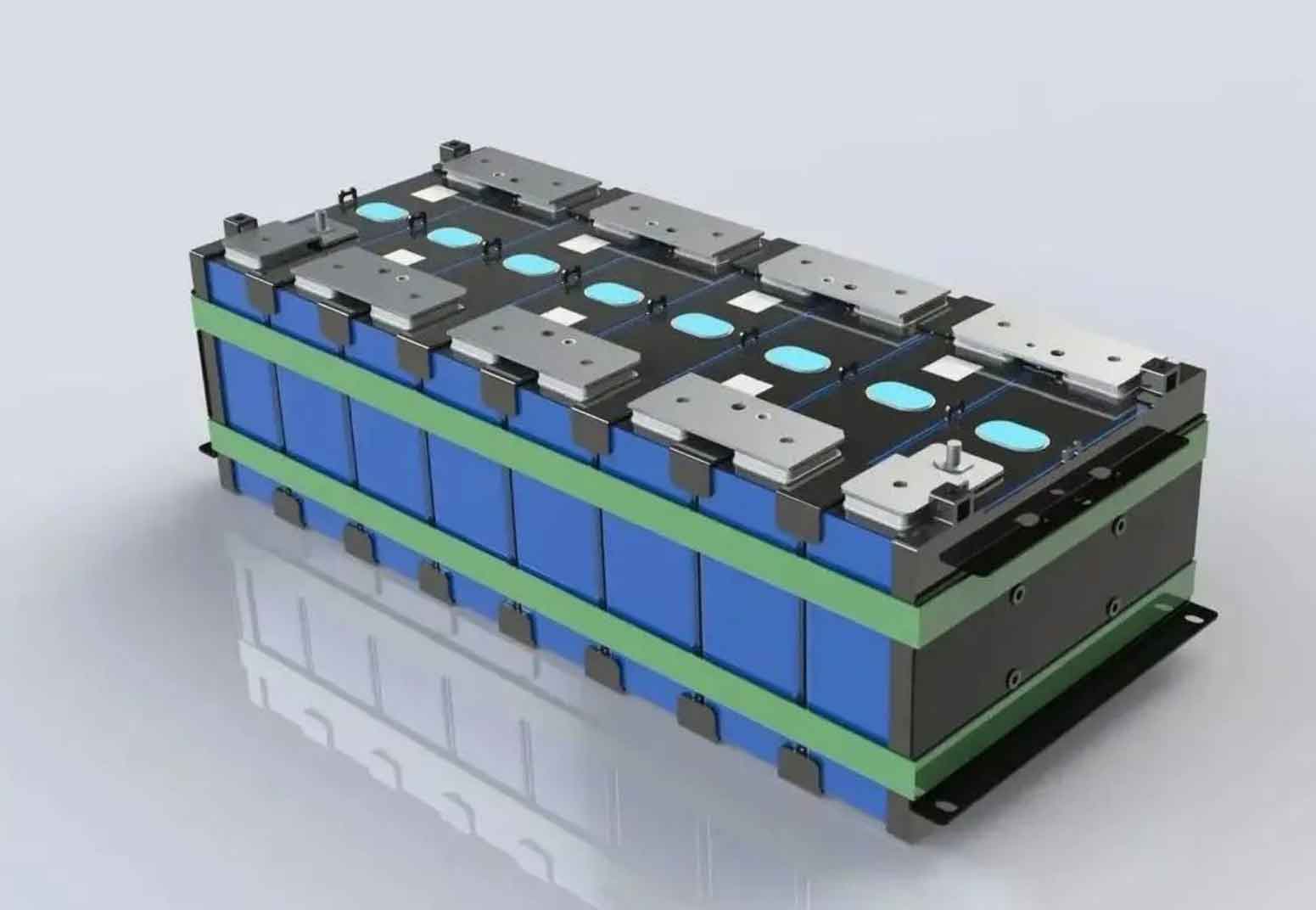
As solar energy becomes increasingly popular, the need for efficient and reliable energy storage solutions is paramount. Solar battery storage technologies have evolved significantly over the years, offering various options for residential and commercial applications. Among the most common types are lead-acid, lithium-ion, and flow batteries. Each technology has distinct advantages and disadvantages, making it essential to understand their differences to make an informed decision. This article provides a comparative analysis of these three prominent solar battery storage technologies.
Lead-Acid Batteries
Overview Lead-acid batteries are the oldest and most established type of rechargeable battery technology. They have been used for over a century in various applications, including automotive and uninterruptible power supplies (UPS).
Advantages
- Cost-Effective: Lead-acid batteries are relatively inexpensive compared to other types of batteries.
- Mature Technology: With over 100 years of development, lead-acid batteries are well-understood and widely available.
- High Surge Current: They can provide high surge currents, which is beneficial for starting motors and other applications requiring a high initial current.
Disadvantages
- Shorter Lifespan: Lead-acid batteries have a shorter lifespan compared to lithium-ion and flow batteries, typically lasting between 3 to 5 years.
- Heavy and Bulky: They are heavier and bulkier, making them less ideal for applications where space and weight are concerns.
- Maintenance: Regular maintenance is required to ensure optimal performance and longevity.
Lithium-Ion Batteries
Overview Lithium-ion batteries are a newer technology that has gained popularity due to their high energy density and efficiency. They are commonly used in portable electronics, electric vehicles, and increasingly in solar energy storage systems.
Advantages
- High Energy Density: Lithium-ion batteries offer a much higher energy density, providing more storage capacity in a smaller and lighter package.
- Longer Lifespan: They have a longer lifespan, typically ranging from 10 to 15 years, with more charge-discharge cycles.
- Low Maintenance: Unlike lead-acid batteries, lithium-ion batteries require minimal maintenance.
Disadvantages
- Cost: They are more expensive upfront than lead-acid batteries.
- Thermal Runaway: There is a risk of thermal runaway, which can lead to fires if the battery is damaged or improperly managed.
- Resource Intensive: The production of lithium-ion batteries involves mining and processing of rare materials, which can have environmental impacts.
Flow Batteries
Overview Flow batteries are a relatively new technology that stores energy in liquid electrolytes contained in external tanks. This design allows for easy scaling of capacity and is particularly suited for large-scale energy storage applications.
Advantages
- Scalability: The storage capacity can be easily increased by adding more electrolyte tanks, making them ideal for large-scale installations.
- Long Cycle Life: Flow batteries can endure many more charge-discharge cycles than both lead-acid and lithium-ion batteries, with lifespans exceeding 20 years.
- Safe Operation: They are safer as they do not suffer from thermal runaway and have a lower risk of catching fire.
Disadvantages
- Complexity and Size: The systems are more complex and larger, requiring more space for the tanks and associated equipment.
- Cost: Initial costs can be high, though they may be offset by the longer lifespan and lower maintenance needs.
- Efficiency: Flow batteries generally have lower energy density and efficiency compared to lithium-ion batteries.
Comparative Table of Solar Battery Storage Technologies
| Feature | Lead-Acid Batteries | Lithium-Ion Batteries | Flow Batteries |
|---|---|---|---|
| Cost | Low | High | High |
| Lifespan | 3-5 years | 10-15 years | 20+ years |
| Energy Density | Low | High | Medium |
| Maintenance | Regular | Low | Low |
| Scalability | Limited | Moderate | High |
| Safety | Moderate (risk of acid leakage) | Moderate (risk of thermal runaway) | High (low risk of fire) |
| Weight and Size | Heavy and Bulky | Light and Compact | Large and Bulky |
| Efficiency | Moderate | High | Medium |
| Environmental Impact | Moderate (lead disposal issues) | High (resource-intensive) | Low (recyclable components) |
Conclusion
Selecting the appropriate solar battery storage technology depends on various factors, including cost, lifespan, maintenance, scalability, safety, and environmental impact. Lead-acid batteries offer a cost-effective solution with a proven track record, but they fall short in terms of lifespan and maintenance requirements. Lithium-ion batteries, while more expensive, provide high energy density, longer lifespan, and low maintenance, making them suitable for most residential and commercial applications. Flow batteries, with their scalability and long cycle life, are ideal for large-scale installations but come with higher initial costs and complexity.
